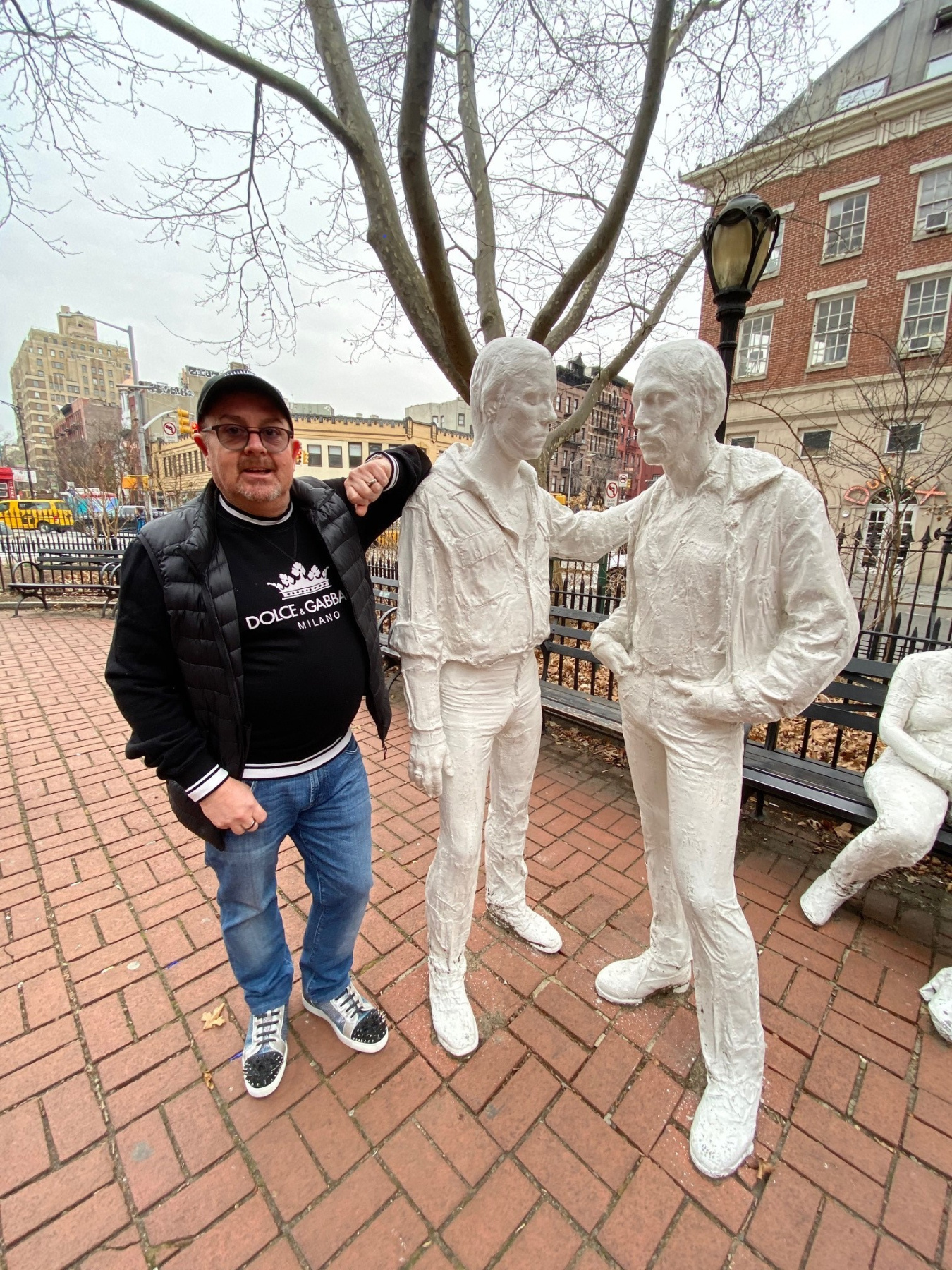Today is the last day of #PrideMonth 2022! Meet Paul Seymour, an Air Force veteran, budget analyst, and fellowship mentor who loves working at #NNSA’s Office of Defense Programs.
Tell us a little about yourself. Who are you, and how do you support NNSA’s Office of Defense Programs?
I support the Defense Programs mission in multiple capacities; primarily, providing financial & budget expertise to the Office of Stockpile Management. Additionally, I administrate DP’s NNSA Graduate Fellowship Program, which brings us about 20 fellows annually and many long-term hires. I also coordinate DP’s input to the National Science Foundation’s Research and Development report.
What was your background before joining DP?
I led a multifaceted career prior to joining DP. With my Navigator/Non-Technical Scholarship from Air Force ROTC, I chose a degree that was interesting to me – Television Production and Direction. Upon entering Air Force Navigator Training after college, I found navigation wasn’t for me. I decided that the future was Electronic Warfare, and became a B-52 EW Officer.
After 15 years of flying, performing EW in combat, and teaching advanced EW, I finally got to the Pentagon and learned how to do Planning, Programming, Budget, & Execution. Performing PPBE for the Air Force taught me so much about strategically building a successful agency budget. My final assignment was to the Joint Staff, J2, where I worked with the intelligence world.
Upon retirement from the Air Force, I joined the private sector supporting National Geospatial Intelligence Agency and then the U.S. Army. Building the Overseas Contingency Operations budget made me feel like I was really starting to make a difference. The dollars we were spending were saving lives in Iraq and Afghanistan. However, NNSA hired me away from this great job, to the same position that I hold today.
What is your favorite thing about being a part of NNSA?
I love working with the smartest people in the U.S. Government. My mentor Linda Cordero and I always say, we learn something new at work every day. Just coming to work in the DP spaces makes one feel smarter. When I am around the fellows, our new hires, and mid-level Feds, I see brilliance. Our senior staff take time to share their experiences and, at times, learn valuable skills from the younger workforce. Smart is smart, and knowledge is a two-way street in DP. I have witnessed senior engineers and program managers change their minds based on input from an entry-level employee. Age is not a discriminator here – if the idea is good and the science and facts back it up, it is on the table.
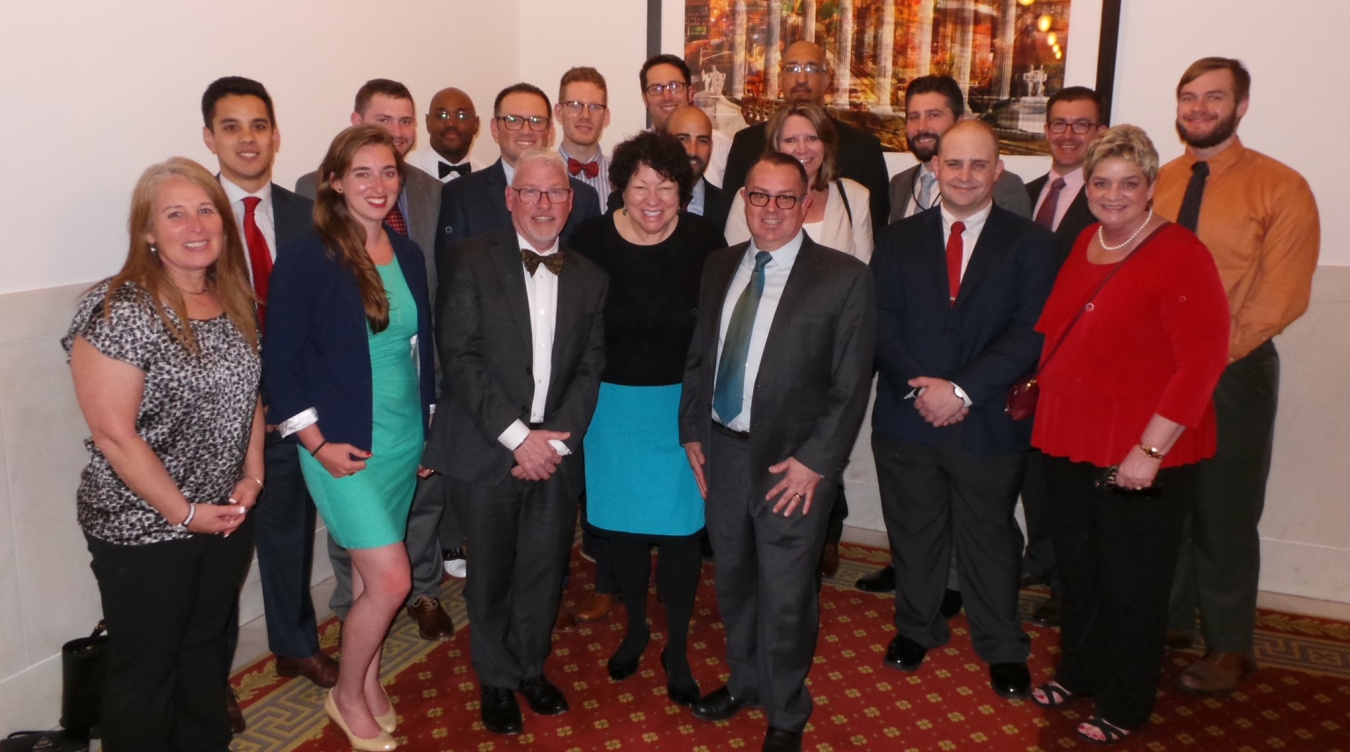
How do you feel about NNSA’s diversity, inclusion, equality, and acceptance efforts? What kind of workplace environment does Defense Programs provide?
DP is a great place to work for all. DP began their DEIA program holistically. On May 26th, 2020, the Defense Programs leadership team called an all-hands meeting. Our Deputy Administrator addressed the entire organization, saying “George Floyd was murdered yesterday at the hands of the Minneapolis Police…” Him choosing to acknowledge it as murder and saying so to our workforce was powerful. DP’s DEIA Committee was formed that day and is comprised of members from all demographics, and we have monthly presentations on various issues. Because of the way the DEIA program was founded and nurtured by our workforce, these monthly meetings have affected growth in so many positive ways. People communicate freely and openly, and sometimes realize how things they thought or said in the past could be construed as hostile or offensive. The DP DEIA program is one of the most beautiful things I have seen in my life, whether in the military, the private sector, or the federal government. I am grateful for Phil Calbos, Mike Thompson, and Brigadier General Stacy Jo Huser for being truly visionary leaders, providing the spark for this program to start, and nurturing its growth into what it is today.
Tell us a little about finding your identity. When/how did you realize you were gay? How do you feel your experience has changed, with time?
I always knew I was different from the time I was very young, around four or five years old. Try as I might to suppress it, I just could not. Being small in stature made me easy prey so I learned how to use wit, sarcasm, and humor as a defense mechanism. By the time I went to college I was in Air Force ROTC and it was lonely and sad, as you could not be openly gay in the military back then. Dating was difficult because I saw every opportunity as a trap.
Throughout my early Air Force days, I was afraid to be my true self, always hiding and never being open with anyone. One person saw right through me – my B-52 navigator’s wife, Carrie, who became my lifelong friend and ally.
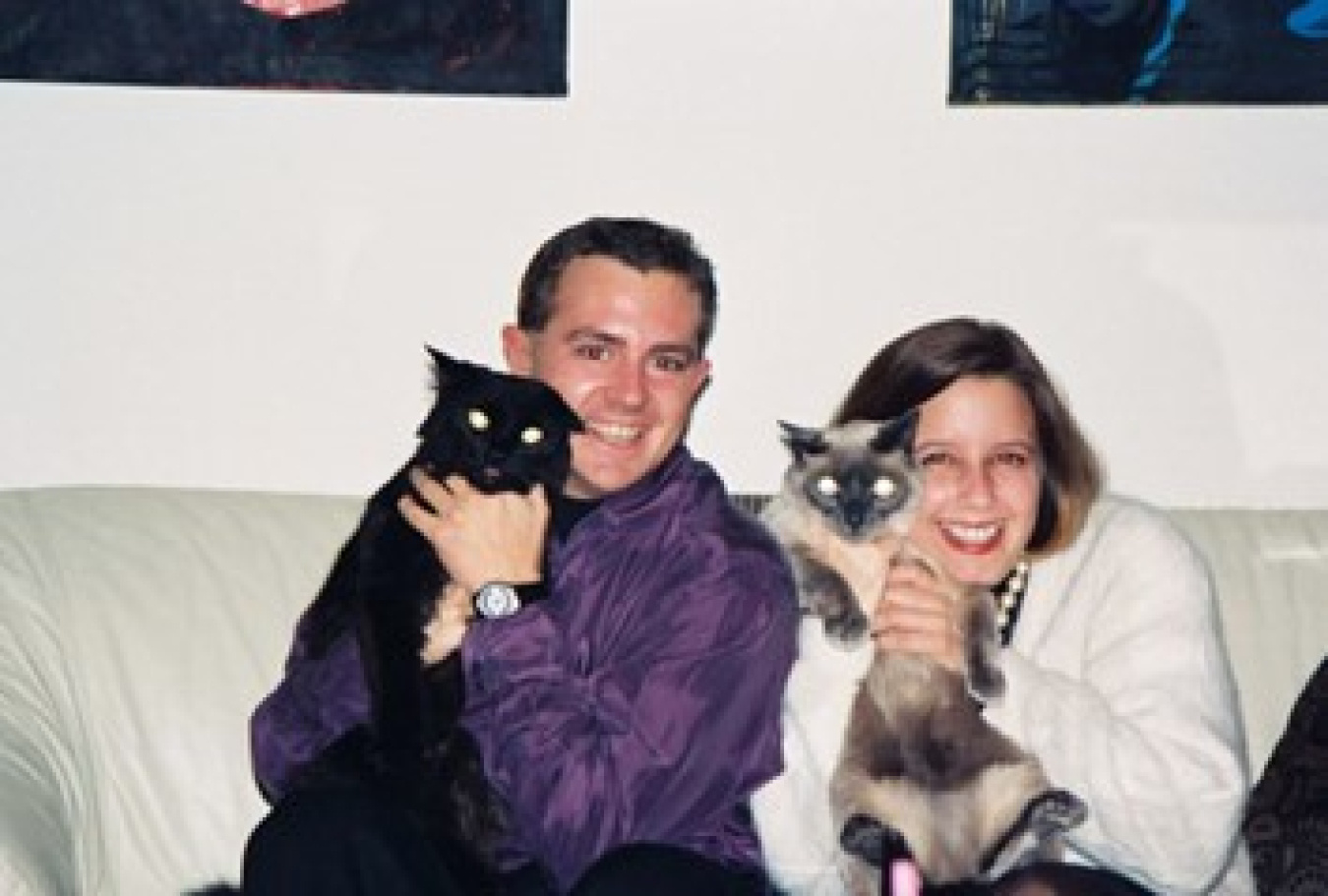
When I moved to San Antonio, just as Don’t Ask, Don’t Tell was implemented, I decided I wasn’t going to lie anymore, and I found support in unexpected places, like my commander. If you did your job well and didn’t bother anyone, the Air Force wouldn’t bother you. At Osan Air Force Base in Korea, a lesbian friend introduced me to her friend Sid, and that was that. From the moment we met on Halloween 1997, we were together.
In 2003, we finally got to live together in DC and were married after the Supreme Court legalized marriage equality in 2015.
Now that we are both retired, we look back over our careers and envy the military members that get to be their true selves while serving. Because I had to hide who I was, while in uniform, it causes me to hide nothing about myself now.
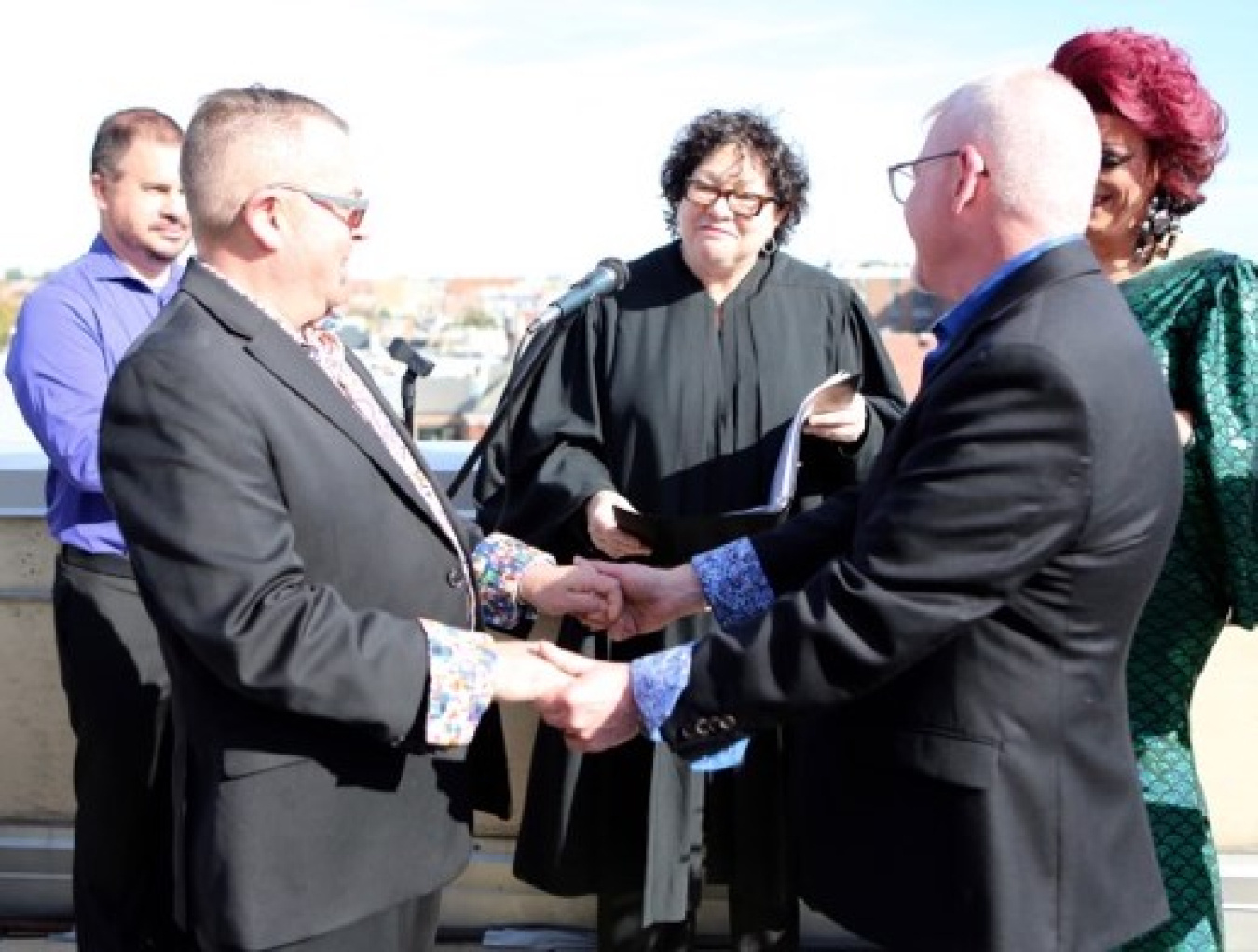
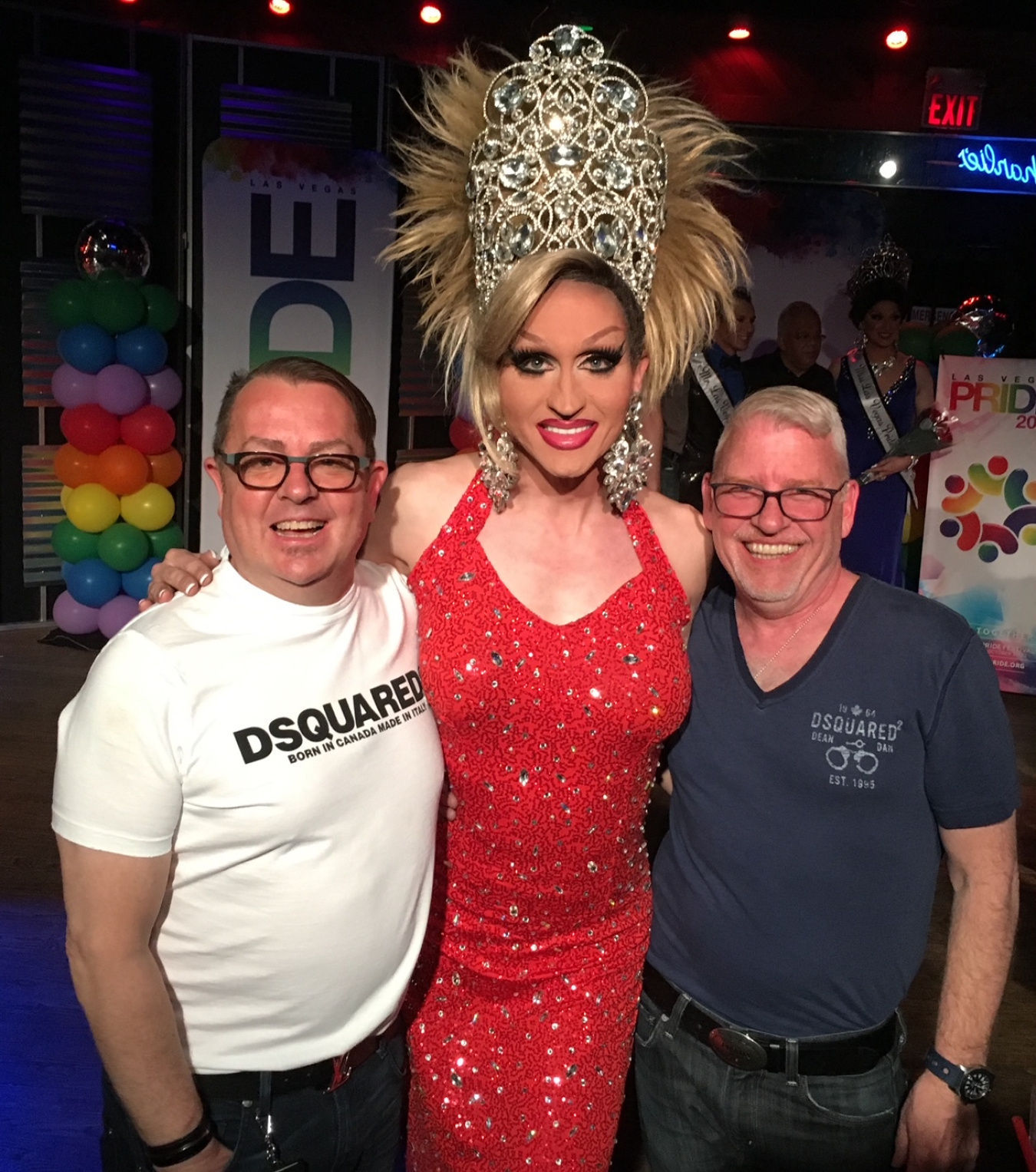
What does Pride mean to you?
Truthfully, Pride Month has become quite commercialized. I do remember going to events when I was closeted and being afraid of seeing people from work, worried about what I’d say and realizing I had nothing to hide if others were there, too. I also learned so much through friendships in the Tucson Drag community, and helped multiple drag pageants become profitable businesses. (I also learned silly things like proper gown lengths, lace front wigs, wig lines, etc…)
What do you like to do in your free time?
I like to travel, walk throughout DC, drink fine wine and champagne, collect shoes (duh), and help educate the young LGBTQIA community about the past since there is a missing generation lost to AIDS.
